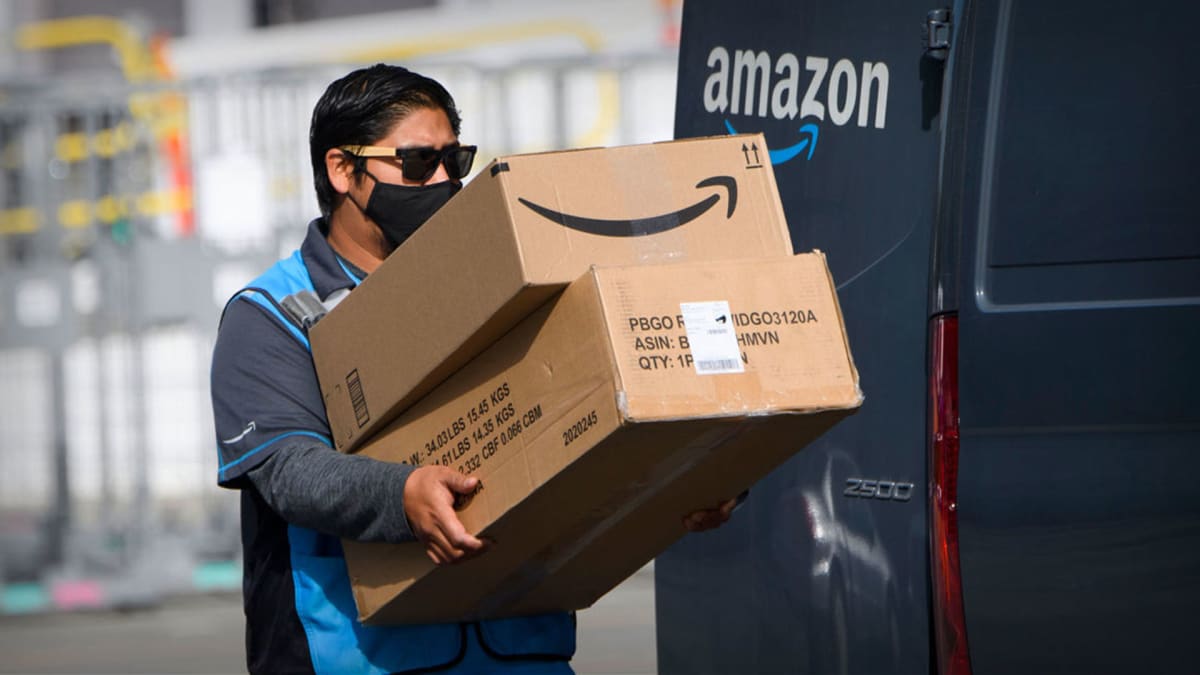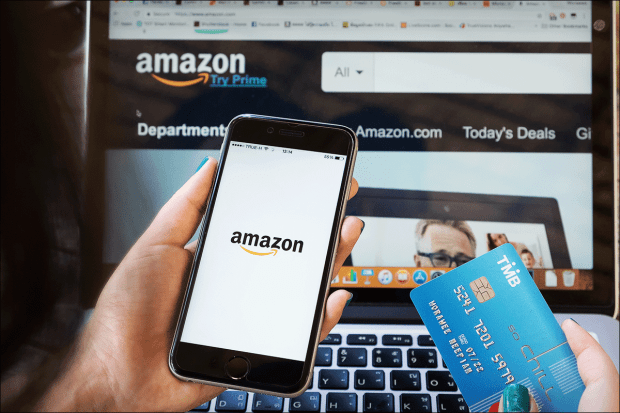
At the start of the year, Amazon (AMZN) joined a large number of other tech companies in announcing massive layoffs -- between November 2022 and the new round of cuts in January, over 18,000 workers were let go in what is the most wide-scale layoff round since the retail giant first launched in 1994.
Over 2,300 workers were laid off in Amazon's home state of Washington alone while departments including payments, health care, human resources, robotics and web services were all affected.
Amazon's leaders blamed the layoffs on a "difficult economy" and the need to cost-cut to keep the company profitable.
"Companies that last a long time go through different phases," CEO Andy Jassy wrote in a Jan. 2 blog post. "They’re not in heavy people expansion mode every year."
This Is How Much Amazon Had To Pay Laid-Off Workers In Severance
But as anyone who has ever run a business knows, cost-cutting is not as simple as saying you're in "financial difficulty," laying some people off and redirecting funds that would have otherwise gone to salaries where it is most needed. Particularly for workers who have been at the company for a long time, severance payments can add up to a very hefty sum.
In a fourth-quarter earnings call, Amazon CFO Brian Olsavsky said that severance from the layoffs would cost the retailer an estimated $640 million.
"As we consider the ongoing uncertainties of the macroeconomic environment, this led us to the difficult decision to eliminate just over 18,000 roles, primarily impacting our stores and device businesses as well as our human resources teams," Olsavsky told investors. "[...] These charges were recorded primarily in technology and content, fulfillment, and general administration on our income statement."
Of course, immediate costs are less significant than long-term strategy. Olsavsky further said that the layoffs are a long-term approach to help Amazon navigate a landscape in which people have less money to spend on shopping.

Shutterstock
Difficult Times Are Still Ahead, Says Amazon
While Amazon's fourth-quarter earnings surpassed many analyst expectations with $149.2 billion in revenue, the company warned investors that operating profit could be as low as zero given the lower spending and high costs related to setting up a cost-cutting strategy for the future.
Another immediate charge was the $720 million Amazon chose to spend to close some of the brick-and-mortar stores found to have "low growth potential."
"We're continuously refining our store formats to find the ones that will resonate with customers, will build our grocery brand and will allow us to scale meaningfully over time," Olsavsky said in the earnings call. "[...] We'll also take an impairment on capitalized costs and associated values of our leased buildings."
Amazon is far from the only major tech company to report troubled economic conditions; Apple (AAPL) and Google (GOOGL) both recently also posted lower-than-expected earnings amid both individuals and advertisers tightening their belts amid fears of a looming recession.
Last month, Google also laid off over 12,000 workers as a cost-measure and has been faced with subsequent protests over both the job cuts and wage stagnation among the employees that remained.
At $104.66 as of Friday afternoon, Amazon shares are down nearly 25% from last year but up 21.95% since the start of the year in January. When the widescale nature layoffs were announced, shares tanked to $83.12.







